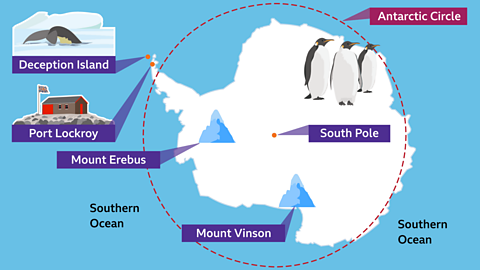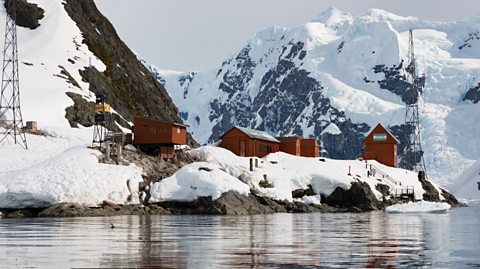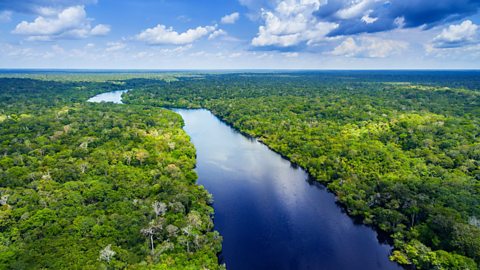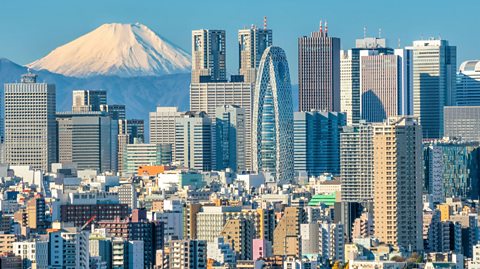Map of Antarctica

- Antarctica is the coldest, windiest, and least populated continent in the world.
- It is in the Southern Hemisphere.
- It is surrounded by the Southern Ocean.
- The Geographical South Pole in Antarctica is the most southerly point in the world.
Physical geography

- Most of Antarctica is covered in ice because of its cold climate.
- Antarctica has an average temperature of -30ËšC but it can reach -60ËšC in the coldest parts of the year.
- In the summer it is light for 24 hours of the day and in the winter months it is always dark.
- The continent doubles in size during winter as more ice forms.
- Mount Vinson is the highest mountain in Antarctica - it is 4,892 metres tall.

What animals live in Antarctica?
Some animals have adapted to the freezing conditions in Antarctica. These animals include:
- Emperor penguins
- Orcas (sometimes called killer whales)
- Seals
- Albatrosses (a type of large sea bird)
- Fish

Watch: Penguins in Antarctica
Learn more about how penguins survive in Antarctica in this ±«Óătv Teach video.
Human geography
In 1911, Norwegian explorer Roald Amundsen became the first to reach the South Pole. It was one of the most famous expeditions in history.
No single country owns Antarctica. Instead many countries work together to protect Antarctica.

Antarctica does not have a permanent human population. However, there are many scientific research bases on the continent. Scientists study the climate, wildlife, and physical or human features. They stay in Antarctica for a few weeks or months at a time.
Activity: Quiz – Antarctica
Bitesize Primary games. gameBitesize Primary games
Play fun and educational primary games in science, maths, English, history, geography, art, computing and modern languages.

More on The 7 continents
Find out more by working through a topic
- count1 of 14

- count2 of 14

- count3 of 14

- count4 of 14
